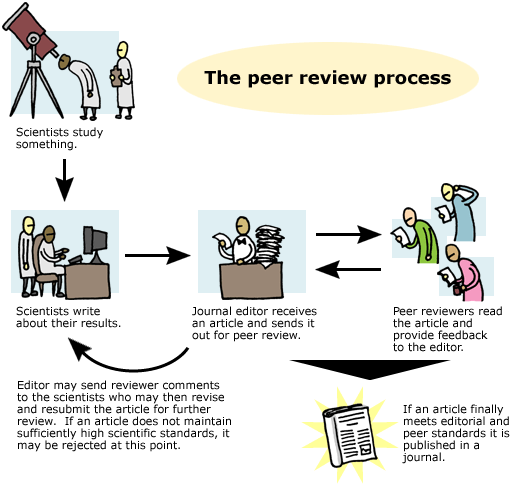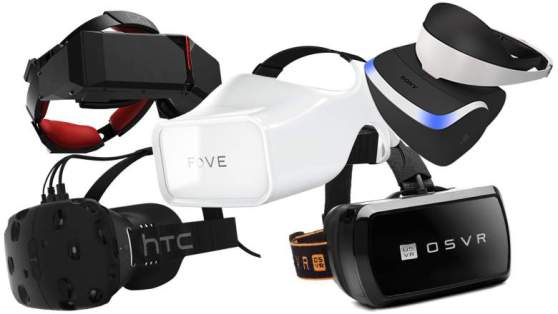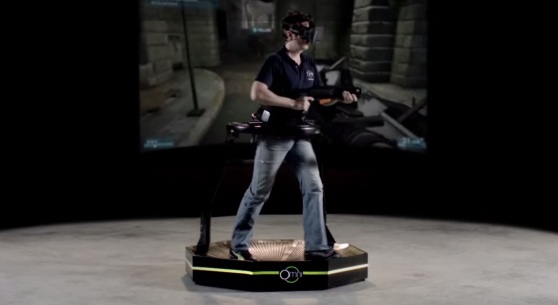I’ve talked about what journals are like and how they got started, and now I’m going to talk about the sometimes overwhelming variety of journals available. In 2012 it was estimated that there are 28,000 journals devoted to publishing original research. Why are there so many?
As a profession, scientists have spent a lot of time and effort classifying things. This classification can help sometimes. If I want to know about today’s research in blood cells, I might read articles from The American Society for Hematology’s journal Blood. If I wanted to learn more about exoplanets I might read The American Astronomical Society’s journal The Astronomical Journal. These are examples of specialist journals edited and managed by societies dedicated to a narrow field. When I talked about peer review in the first post of this series I mentioned that when an editor receives a manuscript, that editor can reject it without any review. This can happen because the editor feels like the mission of the journal does not include publishing results in your field. The editor of Blood would likely reject a paper talking about a ninth planet for instance.
Other journals are incredibly broad publishing blood or planet research side by side. My impression is that these journals come in two flavors. One type (Like PLoS ONE) takes advantage of online publishing and includes whatever passes peer review while the other “prestigious” journals limits what they accept to find and publish what they consider the most amazing impactful research. This dichotomy lends itself to a sense that publishing in the later grants more prestige than publishing in the former. Publishing in Nature or Science (widely regarded as the most prestigious journals) is a goal of scientists in many fields and most of the time carries great weight when scientists apply for competitive jobs.
That is usually because these two journals have a high “impact factor” (number of times the articles in a journal are cited in future publications divided by the number of publications) has come up and been used to rank the value of publishing in any given journal. A ranking system isn’t necessarily bad, but the method used is pretty subjective. Because the “top tier” journals are rejecting papers to be more selective, “top tier” research is decided by editors who think the science is “high impact.” Of course, there is a difference between good science and bad science, but sometimes scientists forget to critically evaluate work in a top journal conflating prestige or impact with quality.
That said, there are journals that are better than others. Along with honest open access journals that publish anything that passes peer review, a class of journals sprang up that will publish anything that comes with the publishing fee. These journals are called predatory journals because they take the money of researchers responding to the pressures of publish or perish and put your data in a journal your peers or advancement committee won’t respects. Sometimes, researchers responding to the pressures of publish or perish will submit to these journals without knowing. Sting operations lead by Science magazine and more recently by an independent journalist have shown an abundance of open access journals that will publish anything for money. Jeffrey Beall is a librarian at University of Denver who runs a blog with a long list of journals that he thinks are predatory. Critics of his methods point out his biases, but mostly see his criteria as a good starting point.
So if there are so many different kinds of journals and not all of them are reliable, how can we make sure we aren’t being lied to? To do that, we need to learn to critically evaluate each paper on its own merits. This may sound like a daunting task, but if you come back for my next article, I’ll give you tips and pointers to tackle the article behind the next big science breakthrough.
Bryan VisserBryan is a 2nd year graduate student studying DNA replication. He plans on making a career for science advocacy working at a museum or in Washington, DC. In his free time, Bryan enjoys board games and ballroom dancing.




